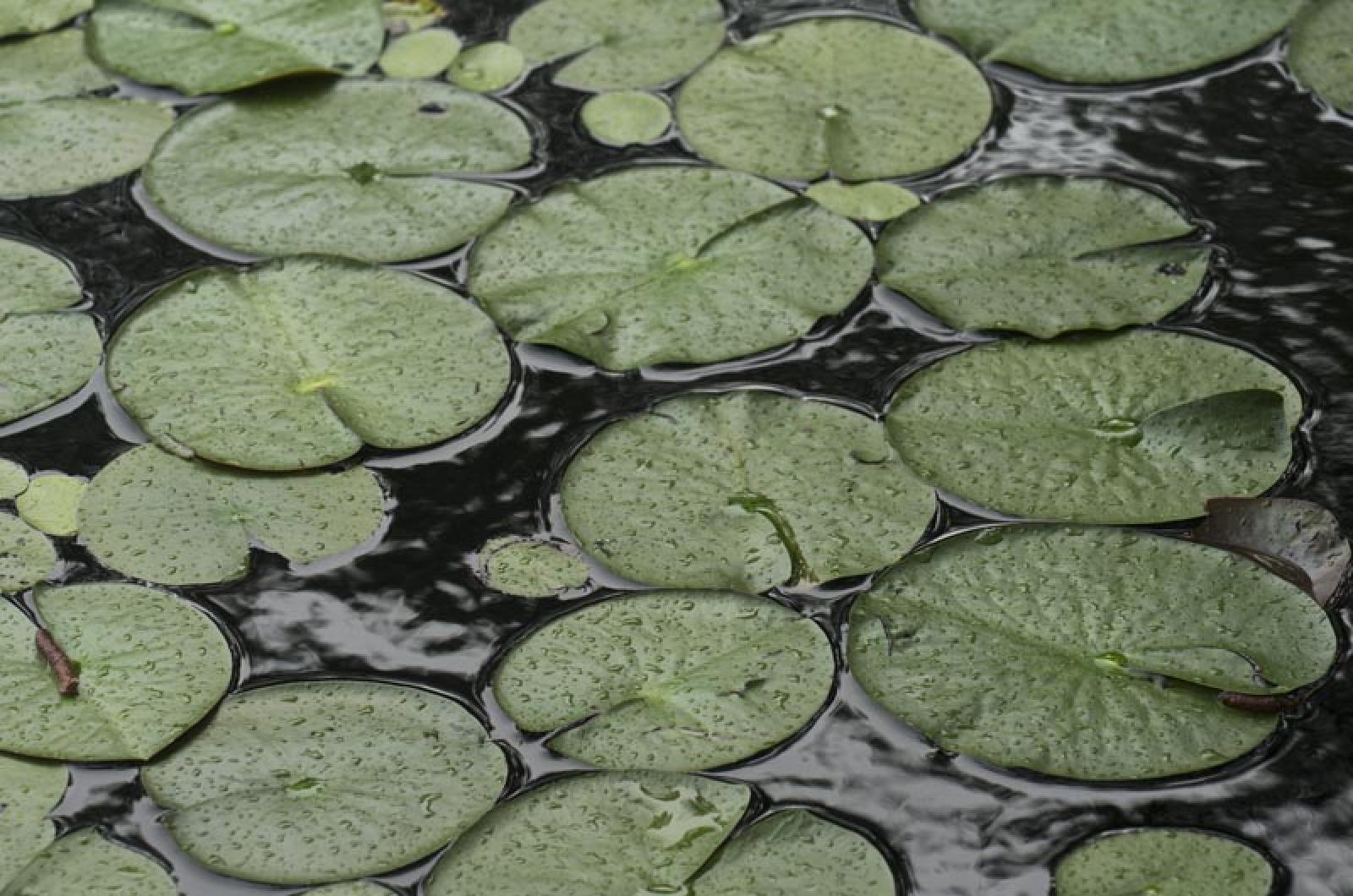The reign of the water queen is coming to an end.
Fall brings the last of the fragrant flower of what Texans call the water queen, more commonly known in these parts as water lilies. This aquatic perennial graces many of the Island’s slow-moving fresh water ponds.
You know this plant; its large lily pad leaves with floating flowers resemble few others. One common and one rare variety can be found on the Island. These have white and yellow flowers, respectively.
The time must be right not only in season, but also in time of day, to catch a water lily flowering. These bold blooms generally open in the morning and close by noon, leaving just a small window of opportunity to admire their splendor.
These lovely lilies do a service to their home pond. Their large leaves provide shade, keeping the pond temperature low and, thus, keeping algae growth down.
Water lilies have long been admired as a symbol of purity and chastity. They have also created fear in the hearts (and flaccidness in the pants) of men.
Seventeenth century herbalist Nicholas Culpeper observes; “Of water-lilies. They are cold and dry, and stop lust,” adding that he, “never dived so deep to find what virtue the roots have.” Pliny the Elder expounds on the power of lilies on the libido, “According to tradition Nymphaea (water lilies) was born of a nymph who died of jealousy about Hercules and therefore those who have taken it in drink for twelve days are incapable of intercourse and procreation.”
The scientific genus for water lilies, Nymphaea, is derived from a Greek word meaning "water nymph" or "virgin."
Thoreau didn’t mince words when he called the water lily “A superb flower, our lotus queen of the waters. How sweet innocent, wholesome its fragrance. How pure its white petals, though its root is in the mud.” He goes on to explain that “young men, having bathed, will walk slowly and soberly to church in their best clothes, each with a lily in his hand or bosom with as long a stem as he could get . . . its odor contrasting and atoning for that of the sermon.”
For all of its wholesomeness, the water lily has other healthful qualities beyond chastity. Use its root poultices for boils and tremors or eat it for strength. Mix the root with lemon to remove freckles and pimples.
The leaves, flowers and rootstock are all edible. However, be sure of your identification because another similar variety is known to be poisonous. The flowers of the yellow species of water lily are said to have an odor like that of brandy; and the roots, if wet with milk, were observed by Linnaeus to destroy crickets and cockroaches. Clearly, both medicinal and herbicidal properties are to be appreciated in this plant. You don’t have to be Monet to understand the elegant, languid appearance of a pond decorated with water lilies. Looking almost like living votive candles, they are instantly relaxing, meditative and scenic. Water queens they may be; they are certainly the crowning glory of any pond.
Suzan Bellincampi is director of the Felix Neck Wildlife Sanctuary in Edgartown.




Comments
Comment policy »